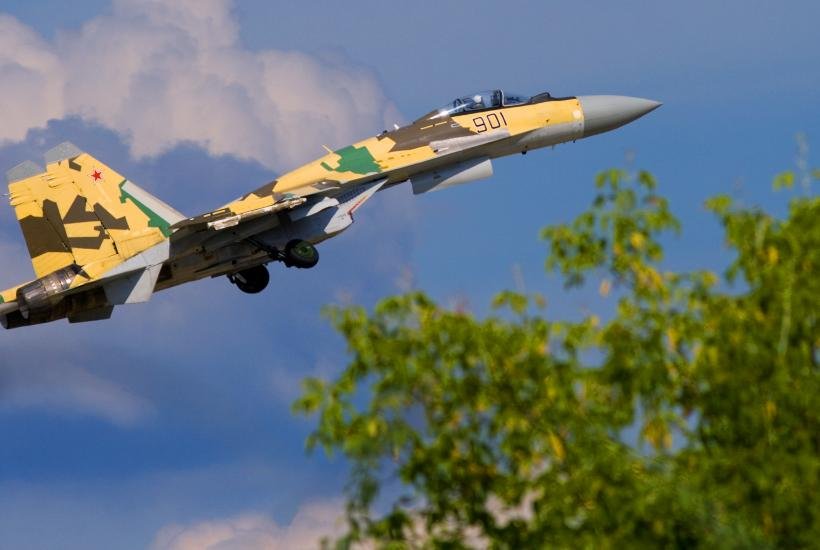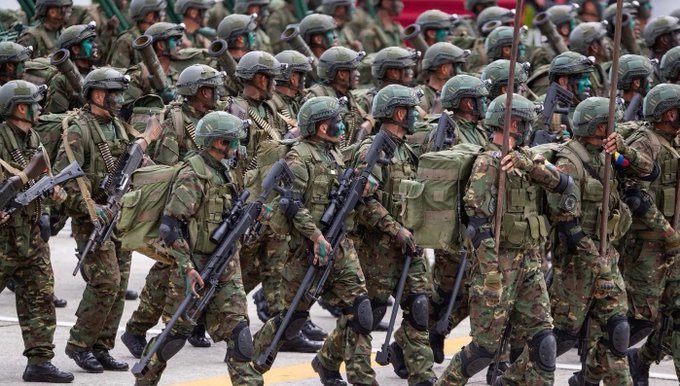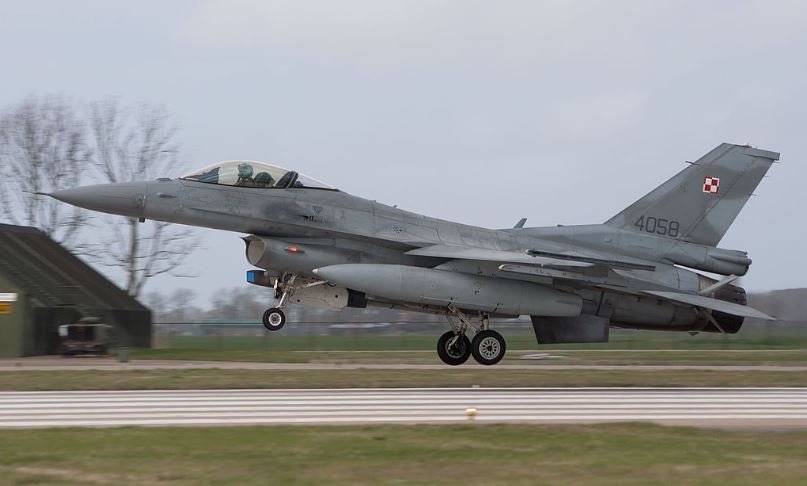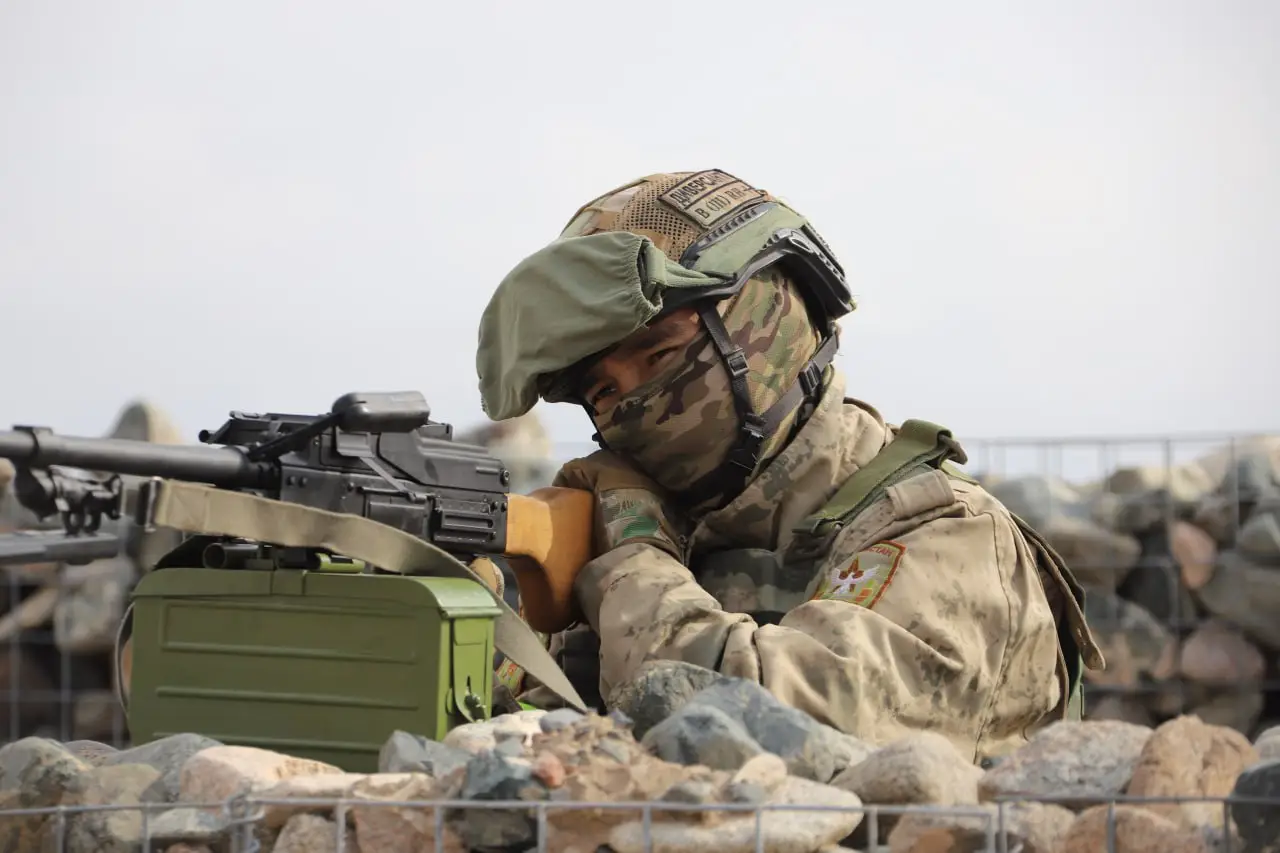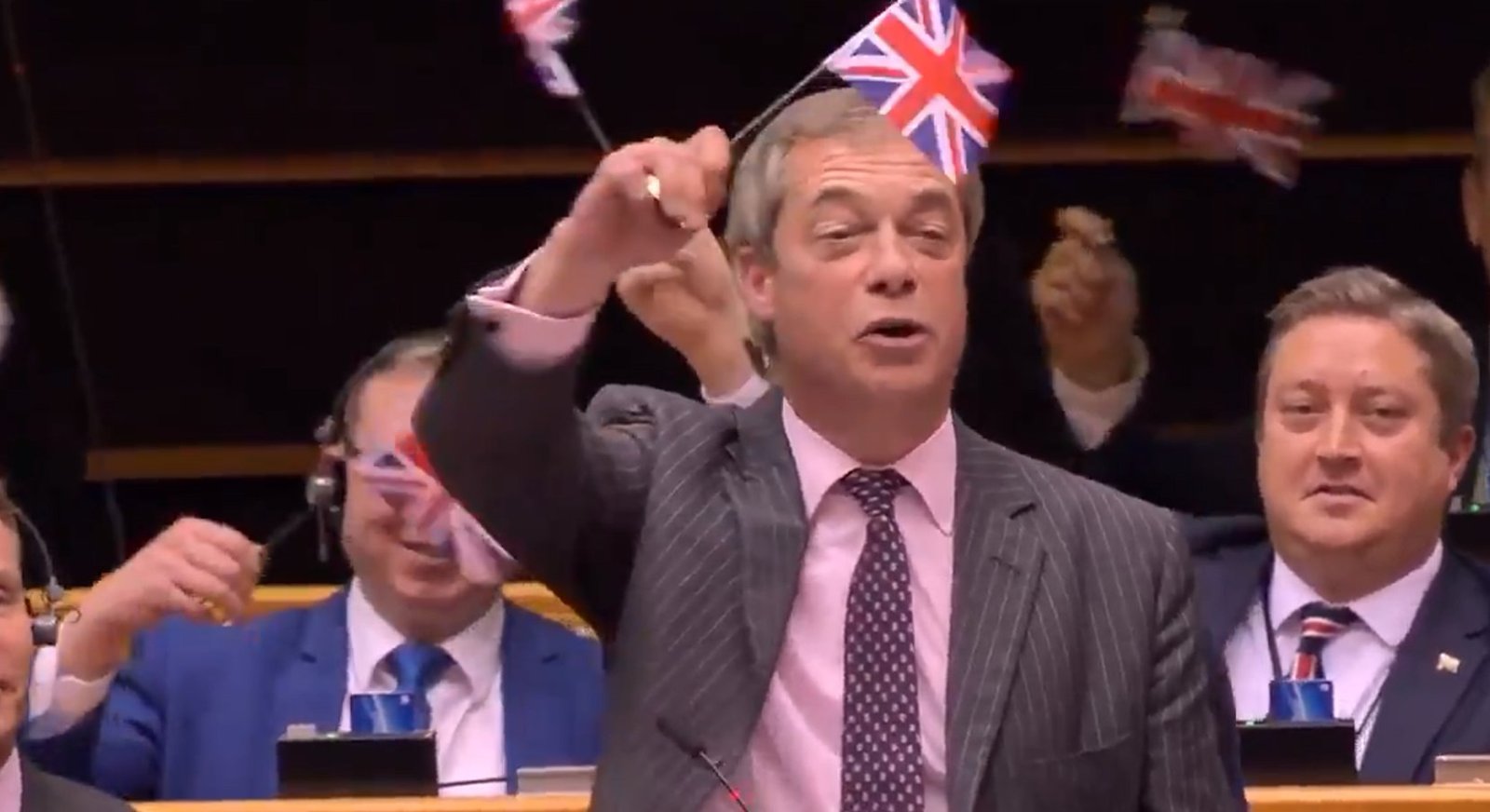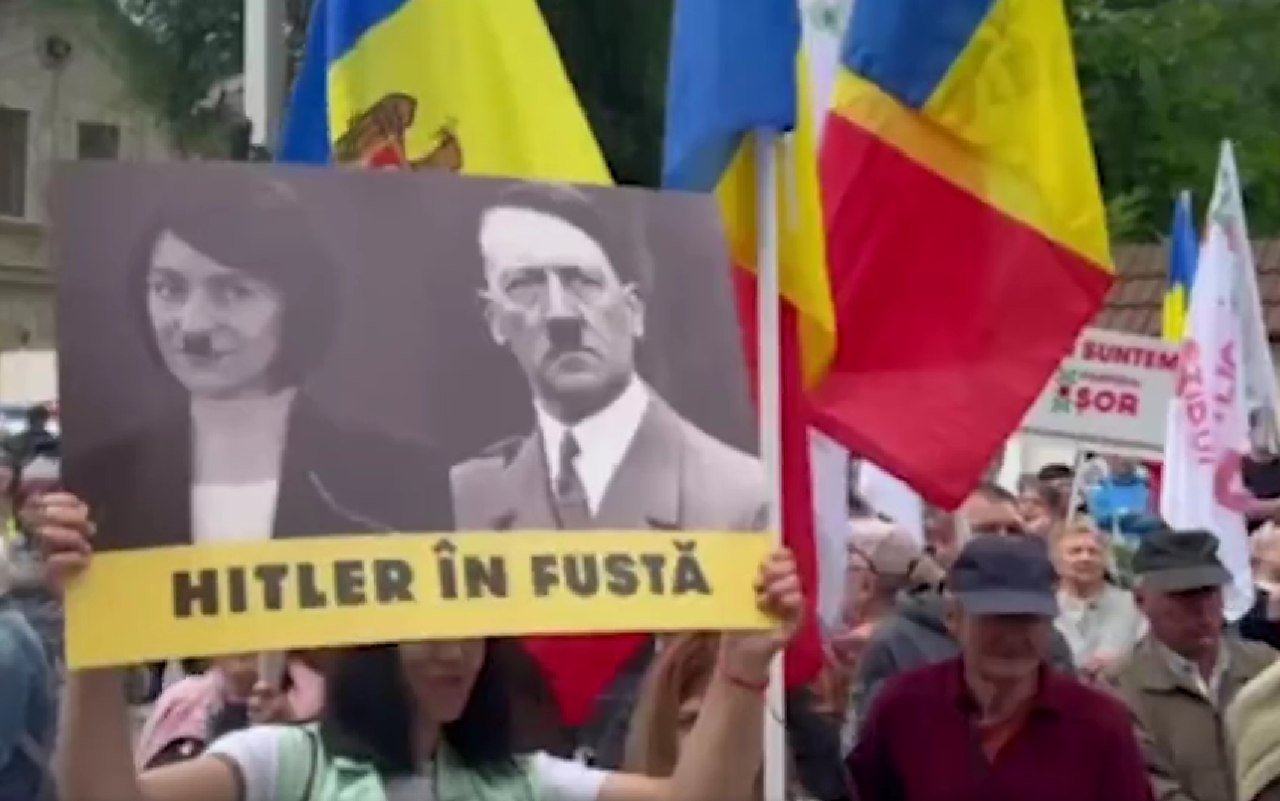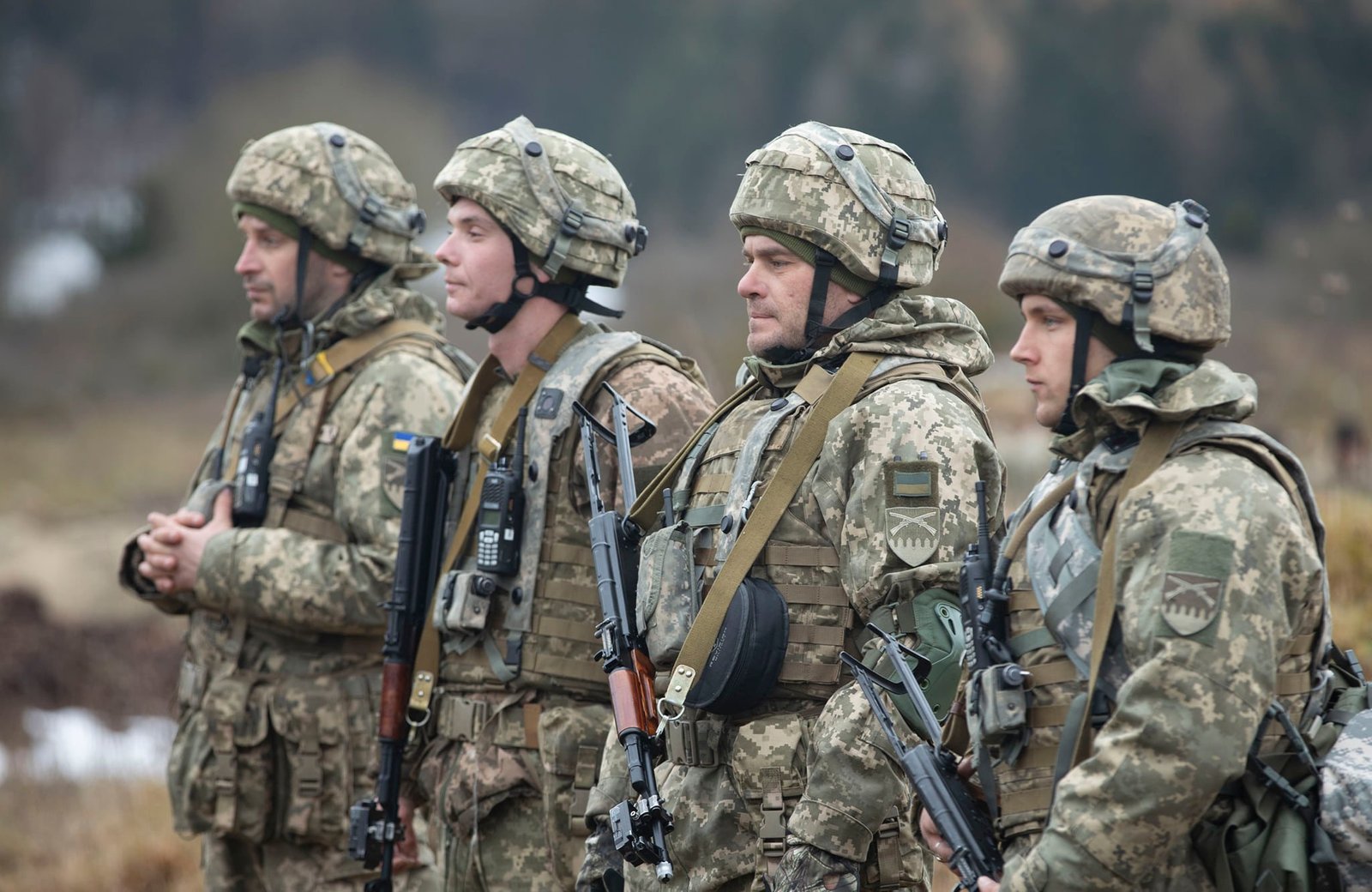
Ukraine Builds New Rapid Reaction Units
The war in Ukraine is entering its next phase. Instead of static defensive lines, Kiev is trying to create forces that can flexibly respond to unexpected breakthroughs. The newly formed “attack” and “reaction” units are supposed to act like military “fire brigades” – to intervene where the defense line begins to collapse and restore the balance before the enemy gains a decisive advantage.
In recent months, Russian forces on the Eastern Front have managed to achieve several tactical breakthroughs, especially in the Pokrovskoye area. These operations, however local, have exposed the weakness of Ukrainian defenses – the lack of mobile reserves that could immediately react where the line begins to crumble. Therefore, the Ukrainian command has embarked on a fundamental reorganization of the armed forces. Instead of expanding existing, often “paper” brigades, it is focusing on creating specialized, highly mobile units designed to quickly respond to crisis areas of the front.
These units are to be equipped with their own logistics, artillery and drone support. Their task is to intervene immediately after a breakthrough is detected, stabilize the situation and allow other formations to regroup. This is an effort to move from a static defense to a “maneuver defense” that combines speed, accuracy and strength.
While defense was previously based on attrition and holding positions for a long time, today’s nature of the war in Ukraine requires flexibility. Constant drone attacks, artillery barrages and pressure on the entire front line mean that the decisive factor is no longer just the number of soldiers, but the speed of decision-making and the ability to move.
The aim of these changes is to create a “defensive reflex” – the ability to respond to a breakthrough as quickly as the enemy can provoke it. Ukraine is thus building not only on new units, but also on a new philosophy of warfare, in which the line between offensive and defensive is increasingly blurred.
What are “breakthrough extinguishing” units?
The concept of so-called “breakthrough extinguishing” units – forces that immediately intervene where the front line begins to break – is not new. It was already used in various variations by armies in the 20th century. At the end of World War II, this role was performed by heavy tank battalions of the Wehrmacht. However, in the current Ukrainian reality, this principle is taking on a completely new, modern dimension.
In the Ukrainian case, it is a new type of rapid attack and maneuver formations that are to be deployed centrally, according to the decision of the General Staff. They are therefore not tied to a specific region or sector of the front, but can be moved to where the situation is most serious.
These new formations differ significantly from conventional brigade structures, which often suffered from overloading, lack of reserves and complicated logistics. The new assault units are smaller but better equipped, with their own artillery, reconnaissance drones and vehicles capable of rapid movement. Their main advantage is autonomy – they can operate without a long chain of command, which is essential on a dynamic front.
In practice, they should function as second-tier reserve forces. As soon as signs of a breakthrough appear in some sector of the front – for example, a rapid advance of Russian units or a collapse of the defensive line – the unit is immediately moved to a place where it is supposed to stabilize the situation, conduct a counterattack and re-establish defensive positions.
The model is based on lessons learned from last year’s fighting, when it became clear that improvised reserves and ad hoc formed groups were often not enough to react in time. Therefore, Kiev has begun to professionalize the “crisis forces” – their task is no longer just to contain the enemy, but also to regain the regional initiative.
Reasons for the change: from paper to real units
The reform of the Ukrainian armed forces is not accidental, but the result of hard experience. After more than two years of war, it became clear that the number of brigades on paper did not mean real combat power in the field. Many units existed more administratively than in fact – they had low numbers, lacked equipment and sufficiently trained command.
The Kiev command therefore proceeded with radical consolidation. A number of incomplete or dysfunctional brigades were merged or disbanded. Instead of striving for quantitative expansion, attention shifted to improving the quality of a smaller number of actually deployable units.
This process had two main goals. The first was to streamline command and logistics – reducing the bureaucratic burden and creating clear lines of responsibility. The second was to transfer resources. Instead of distributing limited resources among many weak brigades, investments were made in several fully functional units that could be quickly deployed in crucial directions.
This created space for the formation of new types of units that are not bound by a rigid structure, but are based on training, motivation and mobility. Their core consists of veterans with direct combat experience from the front, supplemented by new recruits who undergo intensive training focused on coordinating infantry, armored vehicles and drones.
The change in approach was also accelerated by practical necessity. In the summer of 2024, some Ukrainian brigades suffered heavy losses and were unable to quickly replenish their ranks. In the absence of flexible reserves, the front almost collapsed in several places. At that time, it became clear that the army needed not numerical superiority, but the power to react. According to available sources, Kiev is also consulting this model with NATO partners, who have long recommended a transition to a modular and adaptive army structure. Inspiration can be found in the alliance’s “rapid reaction forces” – units that can be moved to a crisis area within hours, not days.
The reform is not just a forced response to losses, but also a step towards professionalization and Western standards of command. The Ukrainian army is moving from mass, improvised defense to a system where each intervention is planned, coordinated, and supported by accurate data from reconnaissance and drone surveillance.
Tactics of the new units
A key feature is mobility: a combination of tracked armored vehicles for breakthrough and wheeled military vehicles for rapid movement, supplemented by supply convoys that can quickly reach the crisis sector. The emphasis is on the ability to “arrive, strike, and leave” in a short time window — that is, to minimize the time when the unit is vulnerable in the active front zone. The concept includes its own logistics core capable of supplying the unit after the first 48-72 hours until additional reinforcements arrive.
Rapid deployment of fire support is critical for “extinguishing” breakthroughs. Modern assault units have an integrated approach to self-propelled artillery, mortars and precision ammunition, which can immediately engage advancing enemy columns and create a “firing wedge” around the breakthrough site. Such a combination of mobility and immediate fire support is one of the main elements that distinguish new formations from traditional brigades.
Eliminating breakthroughs is no longer just a matter of tanks and guns. Assault units integrate reconnaissance and strike drones, systems for detecting and destroying enemy drones and electronic warfare elements that disrupt enemy communications. This allows for the rapid identification of weaknesses in the enemy line, targeted strikes and reducing the effectiveness of enemy reconnaissance networks. It is the ability to control the airspace over the crisis area that fundamentally determines the success of the intervention.
New formations are designed to operate with a higher degree of delegated authority. Lower levels of command are given the mandate to make quick decisions without waiting for centralized orders. This shortens the reaction time and reduces the loss of time, which is often crucial during a breakthrough. The aforementioned model requires a robust communication architecture as well as clear rules of engagement to avoid unwanted escalations or misunderstandings on the battlefield, such as firing into one’s own ranks.
The practical scenario looks like this. After detecting a breakthrough, reconnaissance drones confirm the sector, artillery creates a fire screen, and the reaction unit arrives, takes up positions covering the directions of the breakthrough, deploys mortar and precision artillery strikes, and conducts a local counterattack to clear the breakthrough corridor. Subsequently, the unit’s engineering elements restore defensive obstacles, and logistics ensure the replenishment of ammunition and fuel — all in a single, rapidly managed operational cycle.
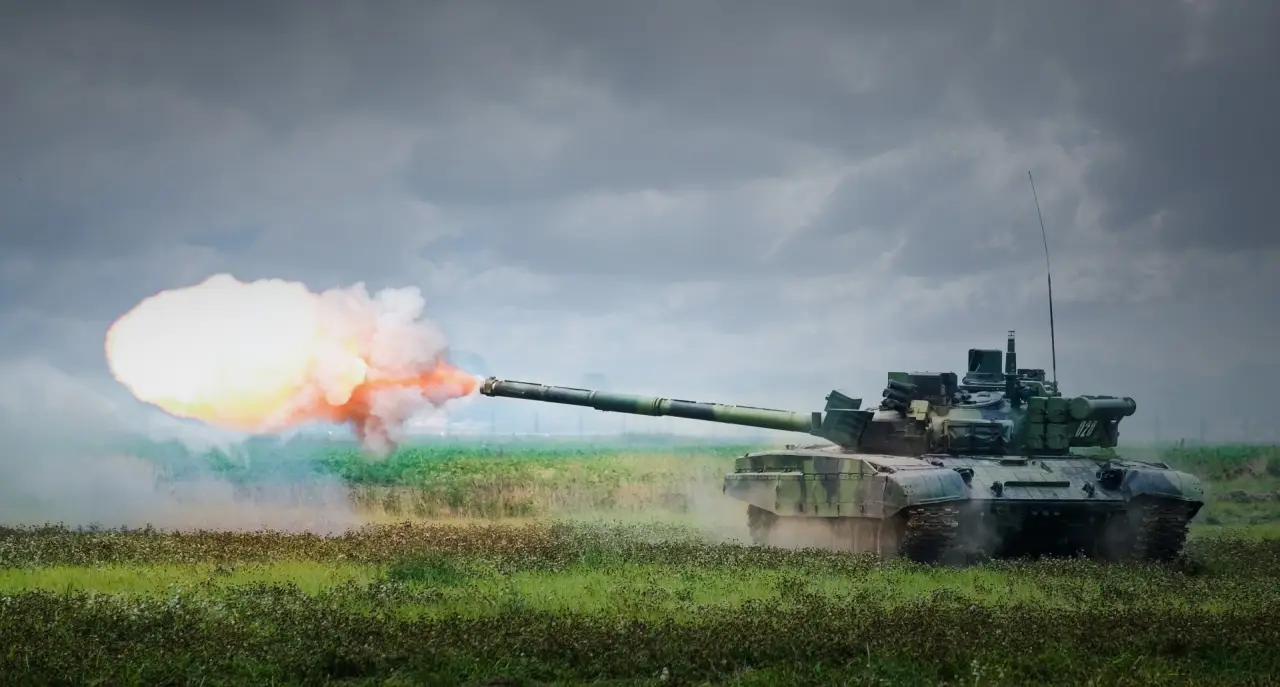

Max Bach

